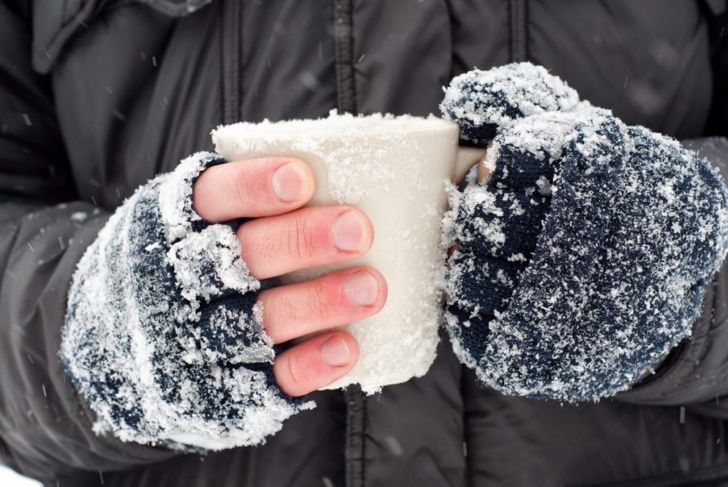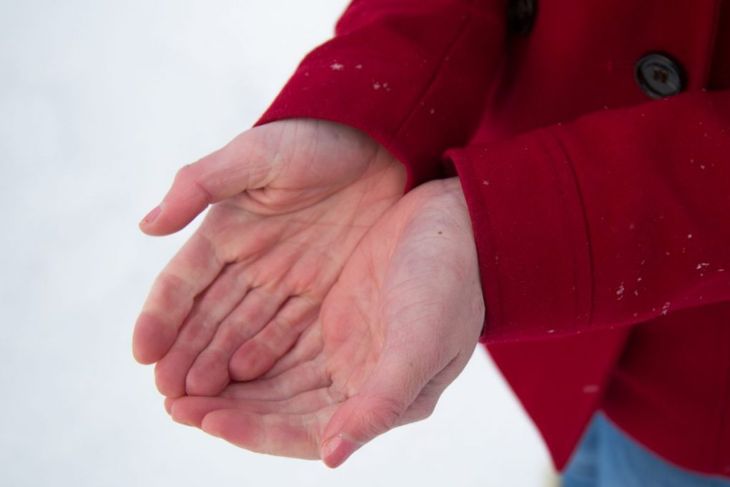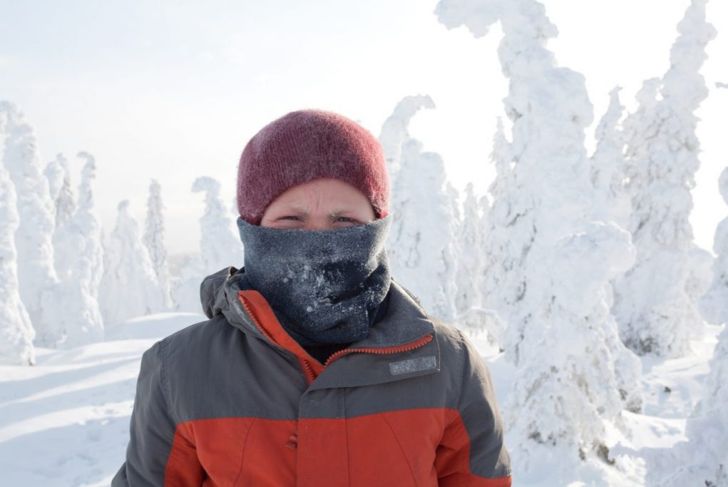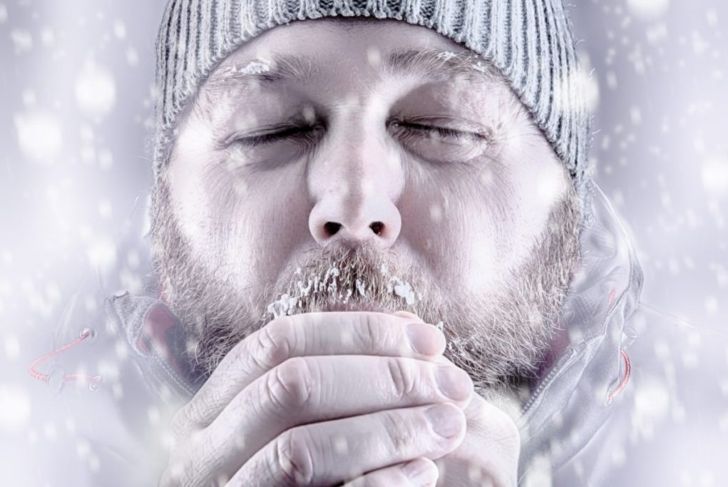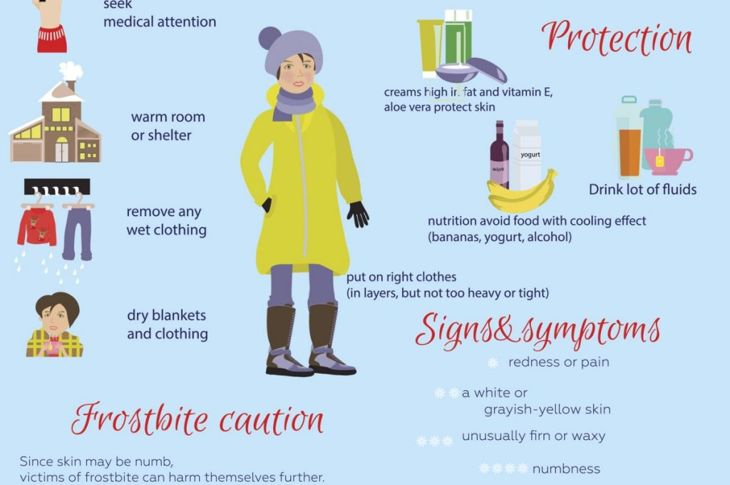Frostbite occurs when the skin and the tissue just underneath it freezes. This usually happens when a person has been outside in extremely cold temperatures. Frostbite is most common on the fingers, toes, nose, ears, cheeks, and chin, and is often accompanied by hypothermia, a dangerous drop in the body’s core temperature. There are three stages of frostbite, spanning the early mild tingling sensation to permanent tissue, muscle and joint damage, and possible amputation.
What Causes Frostbite?
The most common cause of frostbite is exposure to extremely cold temperatures without adequate protective clothing. The chance of frostbite increases dramatically in temperatures below 5 degrees Fahrenheit, even in low to moderate wind conditions. Frostbite can also occur after touching low-temperature surfaces such as ice.
What are the symptoms of frostbite?
Symptoms of frostbite include a cold and tingling sensation on the skin that progresses to numbness, a blue and yellow tint to the skin, hard and waxy-looking skin, clumsiness due to muscle stiffness and, in extreme cases, a blackening of the tips of fingers and toes. Blistering can also occur as the skin warms up.
Possible complications of frostbite?
Even a minor case of frostbite can have complications including increased sensitivity to cold, long-term numbness in the affected area, and a greater chance of developing frostbite in the future. More severe cases of frostbite can result in damage to the cartilage in the affected joints, infection, and gangrene (which could make it necessary to amputate a limb).
What are the stages of frostbite?
There are three distinct stages of frostbite. The first stage, the mildest, is also referred to as frostnip. People with frostnip have cold, irritated skin. The hallmark of the second stage is blisters as the skin warms. When conditions improve within these two stages, people usually have no permanent damage. The third stage affects all layers of the skin and usually results in permanent muscle and tissue damage.
Seeking medical attention for frostbite?
Even minor frostbite can have long-lasting effects, so it’s a good idea to err on the side of caution and seek medical attention for most any case of frostbite. This is especially true if the area remains numb, even after you’ve been out of the cold for some time, or if your skin starts to blister and swell as it gets warmer.
Signs of a frostbite medical emergency?
Frostbite can go hand in hand with hypothermia, a dangerous condition where the body’s core temperature drops too low. Signs of a medical emergency include violent shivering, slurred speech, sleepiness, or difficulty walking. Hypothermia can be fatal if untreated, so you should call 911 immediately if a person you suspect of having frostbite exhibits any of these signs.
Risk factors for frostbite?
Certain factors can increase the likelihood of developing frostbite including taking certain medications, having a chronic disease like diabetes that decreases sensation in the feet and toes, alcohol consumption, and smoking. The very old and the very young are also more susceptible to frostbite.
How is frostbite diagnosed?
Doctors usually determine whether a person has frostbite by the look and feel of their skin and by taking a history of recent activities. In extreme cases, x-ray, bone scans, and MRI testing can determine if bones or muscles were damaged.
How is frostbite treated?
Treatment for frostbite depends on the stage and severity of the condition. The most immediate concern is often determining whether the person also has hypothermia. Remove the individual from the environment that is causing the symptoms and remove any wet clothes. Avoid applying direct heat to the affected areas, as this can cause permanent tissue damage.
Preventing frostbite?
There are several things a person can do to help prevent frostbite, such as limiting the amount of time spent outdoors in extremely cold temperatures. If you must be outdoors, it is best to dress in loose layers of warm clothing, covers the ears and wear insulated mittens instead of gloves.

 Home
Home Health
Health Diet & Nutrition
Diet & Nutrition Living Well
Living Well More
More
